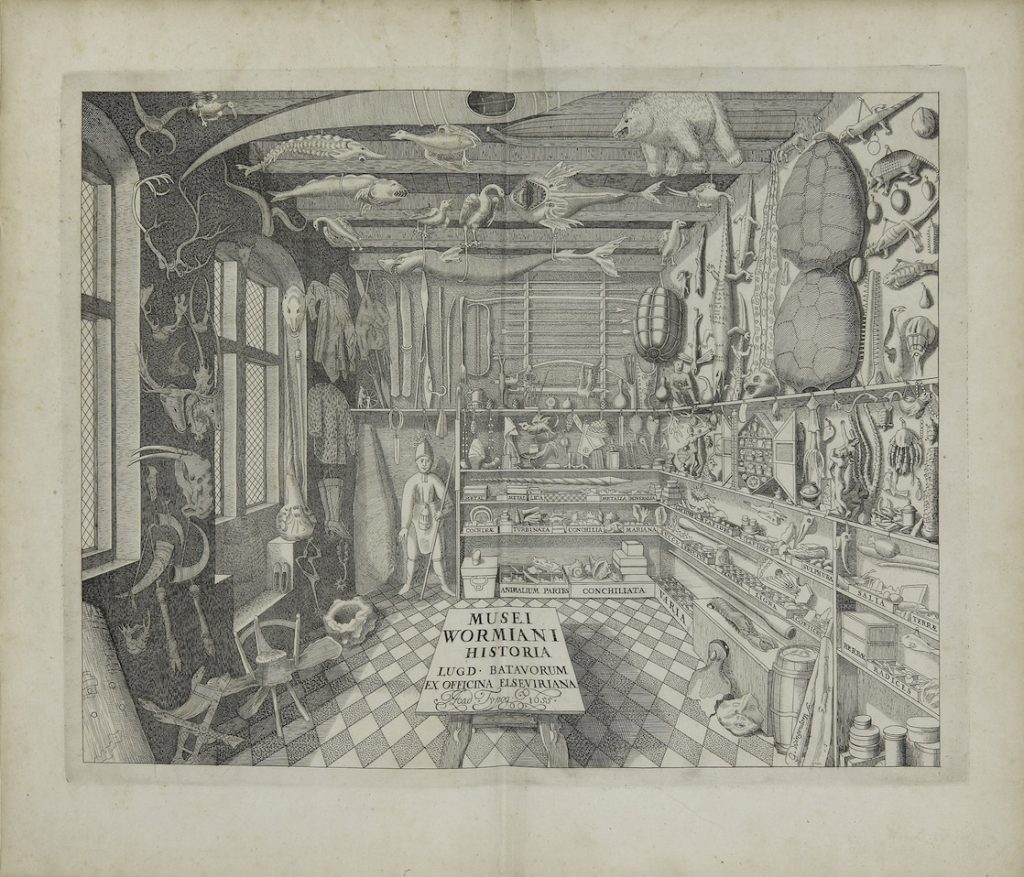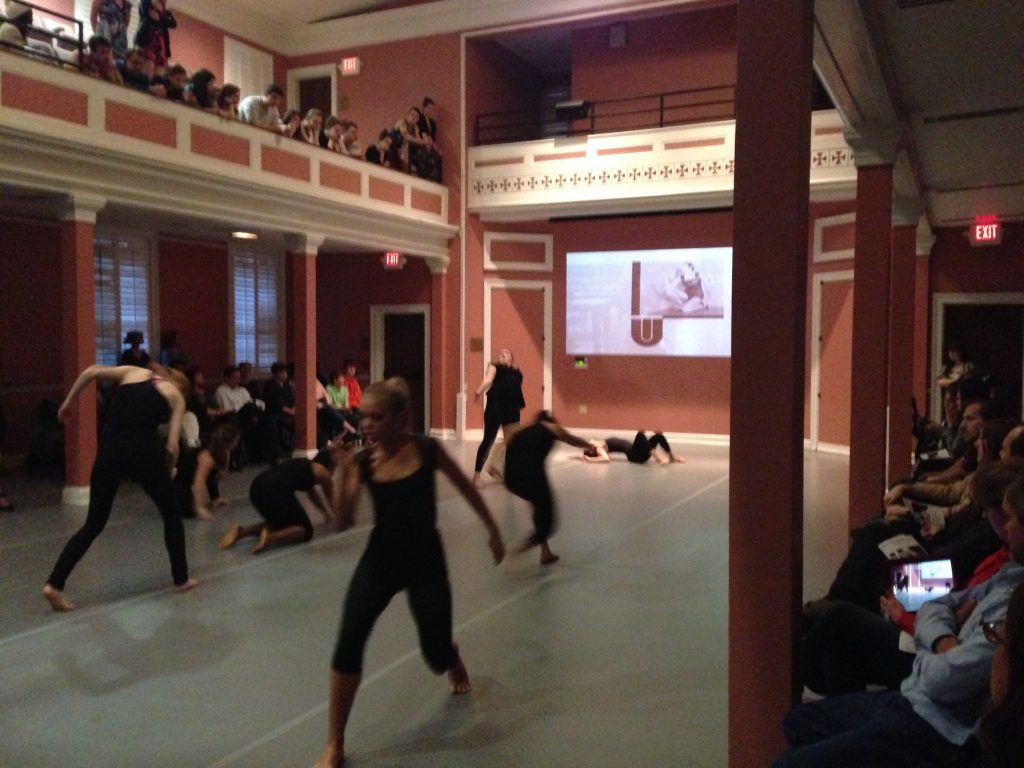
The current Rooms of Wonder exhibition, which closes this Thursday, April 17, continues to attract enthusiastic viewers in its last weeks and days. On Saturday April 7, participants in the graduate student conference “Making Knowledge in Medieval and Early Modern Literary Culture”—a collaboration between UNC and Kings College, London—streamed into Wilson to see the show with the expert guidance of Professor Jessica Wolfe, who spoke at length about some of her favorite books on display.
 Then the large group moved to the Pleasants Family Assembly Room to hear Dr. Pamela Smith, Seth Low Professor of History at Columbia University, deliver the conference’s keynote address, “From Matter to Ideas: Making Natural Knowledge in Early Modern Europe.” Professor Smith examined Renaissance mining and metalworking and the codification of that industrial and artisanal knowledge in Early Modern manuscript and printed books, such as the woodcut-illustrated editions of Georg Bauer, or Agricola. The lecture, one in the English & Comparative Literature Department’s Critical Speaker series, is available in full in video at their site.
Then the large group moved to the Pleasants Family Assembly Room to hear Dr. Pamela Smith, Seth Low Professor of History at Columbia University, deliver the conference’s keynote address, “From Matter to Ideas: Making Natural Knowledge in Early Modern Europe.” Professor Smith examined Renaissance mining and metalworking and the codification of that industrial and artisanal knowledge in Early Modern manuscript and printed books, such as the woodcut-illustrated editions of Georg Bauer, or Agricola. The lecture, one in the English & Comparative Literature Department’s Critical Speaker series, is available in full in video at their site.
The picture above, while illustrating Professor Smith’s lecture, also demonstrates how strangely distorted the experience of books can be when mediated by modern digital technology. So do listen to (and watch) the lecture, but come in one last time if you can to behold the marvelous printed books lent by alumna Florence Fearrington for Rooms of Wonder: From Wunderkammer to Museum, 1565-1865.


